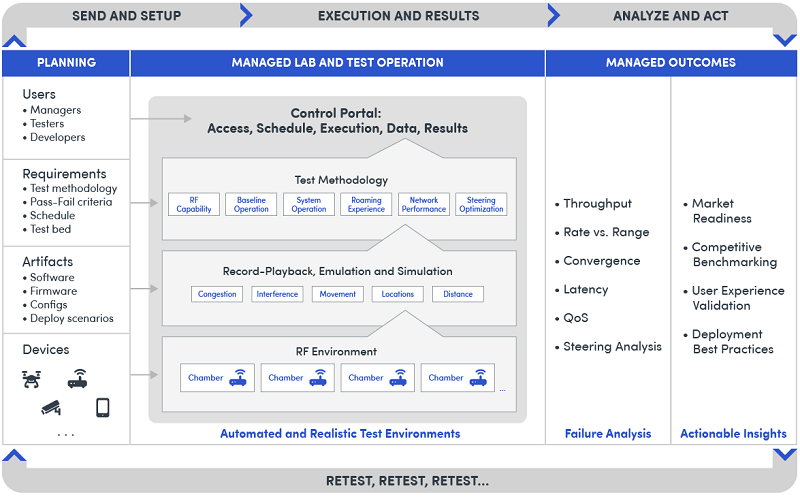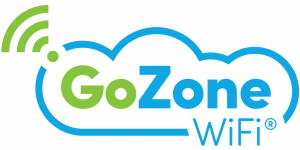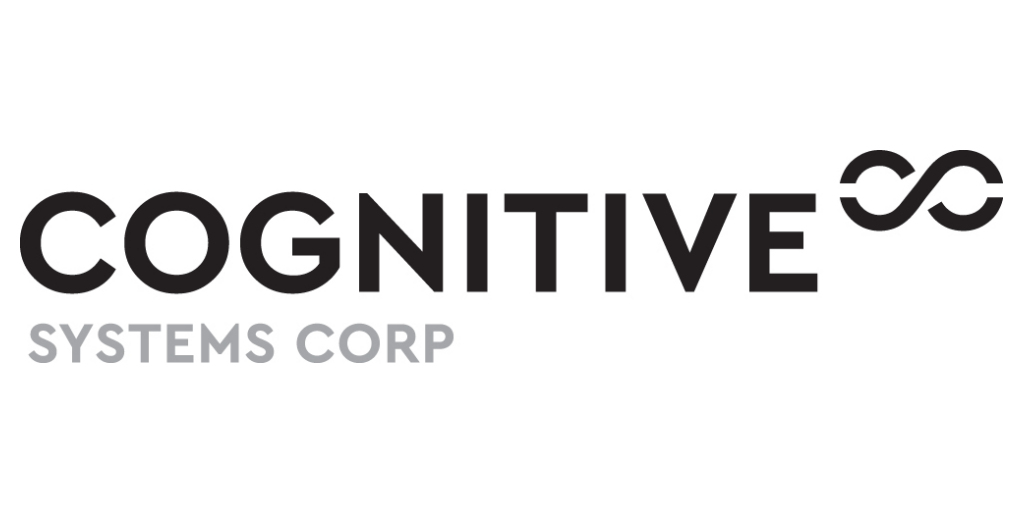LitePoint’s Rex Chen is the author of this blog post based on his webinar discussing the evolving wireless networks within automobiles –for communication within and outside the automobile. This post focuses on the emerging C-V2X wireless communications standards and how to maintain required performance and reliability.
C-V2X and the Future of Automotive Connectivity
The car of the future will increasingly depend on multiple wireless networks – one for communication within the vehicle and one for communications between the car and the external environment. Quality connectivity is important for both of these networks, but the external network – called the cellular vehicle to external environment (C-V2X) – has several unique challenges that we will explore in this blog post.
Before I go into depth on C-V2X, let’s talk a bit about technologies involved with inside the car networks. The two most established technologies are Bluetooth and Wi-Fi which are used to enable hands-free infotainment dash controls, mobile device connectivity, Internet access and other data features. The relative newcomer to internal data networking is ultra-wideband (UWB), which is an emerging wireless standard that offers high precision location services and security. In a car key fob, for example, it provides a much more secure way to lock and unlock the car.
C-V2X
While these technologies will make the mark in automotive applications and infotainment systems, lets dive further into C-V2X for external connectivity. The X is used as a wild card to represent the communication network outside the vehicle – including other cars, roadside units, and pedestrians. C-V2X standards are part of the 3GPP standards that govern 5G networking.
The 3GPP standard has had C-V2X communications support since Release 14 (2017). This capability was basic and served as a way to communicate safety messages between vehicles. Today, customer expectations are more sophisticated and there is a need for more throughput and reliability features.
3GPP Release 16 brought with it important changes for C-V2X connectivity via enhancements made to 5g New Radio (NR) standards that are used in C-V2X applications. These enhancements made NR even more reliable and efficient. The changes also deliver better support for MIMO antennas and enhancements to Ultra Low Latency Communication (URLLC).
The standard also includes the NR-based sidelink network that offers direct communications with other vehicles without passing through the cellular basestation. This enables safety features such as collision avoidance and cooperative lane changing. Recently, in the United States, the FCC dedicated the 5.9 GHz spectrum band for intelligent sidelink-based direct link transportation systems. This spectrum has a fairly short transmission range of about 1 km, which makes it good for disseminating information like car speed, location, braking speed and other safety data.
One sidelink use case that is getting a lot of attention is “platooning,” where trucks or cars travel together connected by the network. Platooning only works with networks that offer near zero packet drops, instantaneous latency of 10 milliseconds or less and extremely high reliability.
Sidelink networks also feature an adaptable modulation and coding system (MCS) that enables the system to adapt packet length and data throughput depending on the characteristics of the vehicle and whether it is traveling at slow, medium or fast speed. This means that the system can adapt to a car’s speed; for example, if a braking event happens at 50 mph, the network will see a lot more messages as all of the cars on that road report that event. Thus, it’s important to propagate data more frequently.
ADAS
One important application that C-V2X enables is advanced driver assistance systems (ADAS). ADAS is the foundation for self-driving cars. ADAS technology is continually being refined as it passes through multiple stages and levels of technology build out before it becomes a standard feature. Today’s ADAS are built using a lot of the complementary sensing technologies – such as cameras, radar and lidar – that will be required for autonomous vehicles.
Network Quality is Essential
Lives are on the line as people drive in their C-V2X-enabled cars, which means thorough testing is essential. Car manufacturers can either build their own C-V2X functionality by integrating the required RF components, or they can use pre-engineered RF modules that include all the required ICs and antennas. Either way, testing is required.
The picture above shows that the test flow for sub 6 GHz and millimeter wave frequencies starts with the SMT board that undergoes conductor mode testing. In these tests, an antenna is connected to the board so that calibration and verification tests can run. These tests cover transmission, power, signal quality and EBM. From the receiver side, there are sensitivity tests.
After the chip level testing is complete, it is time for the module to be tested, which includes the actual antenna that will be used in the final product. This will be done using a radiated test also known as an over the air (OTA) test.
LitePoint C-V2X Test Systems
Some of LitePoint’s key products for testing C-V2X applications include the IQcell-5G, which is a sub-6Ghz signaling test system that tests call establishment, antenna performance and measures throughput.
This test system is a simple-to-use 5G signaling test solution designed for end-of-line manufacturing, software regression and functional performance testing. The flexible system can validate RF parametric measurements, end-to-end throughput, MIMO, mobility, and user experience testing across cellular and cellular-capable connectivity devices such as smartphones, CPEs, laptops, tablets, hotspots and cars.
The IQxstream-5G FR1 tester is another option that offers multi-DUT connectivity ideal for production environments. This non-signaling tester covers 5G along with 4G LTE and other legacy cellular technologies covering the low band frequency range.
C-V2X technology offers exciting possibilities for enhanced safety and fuel efficiency, but these networks need to be reliable and high performance. For more of my thoughts on this topic, watch my recent webinar titled: The Future of Automotive Connectivity and Communication Test Solutions.

























